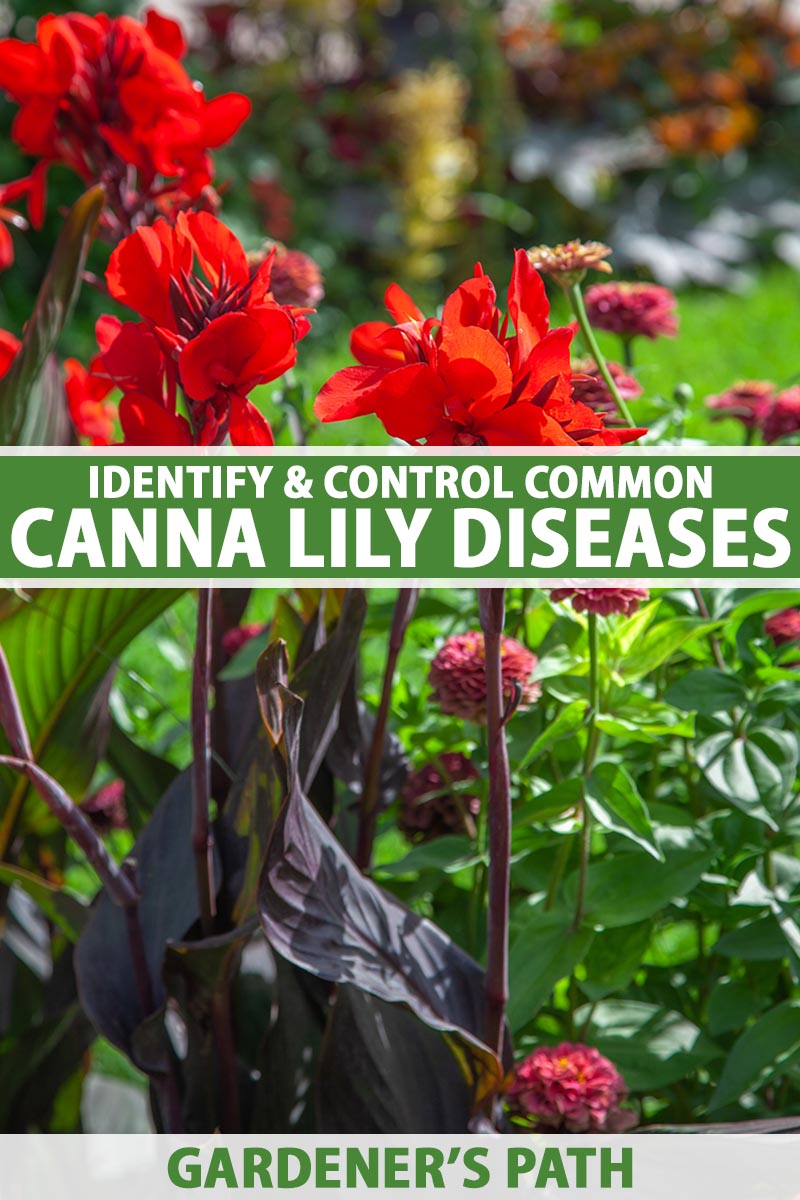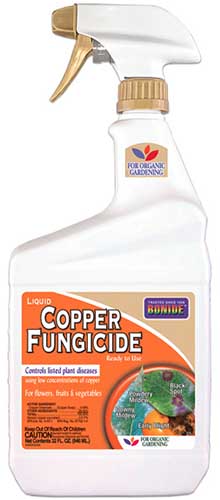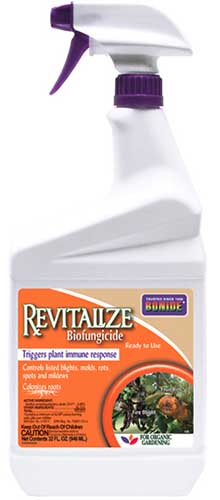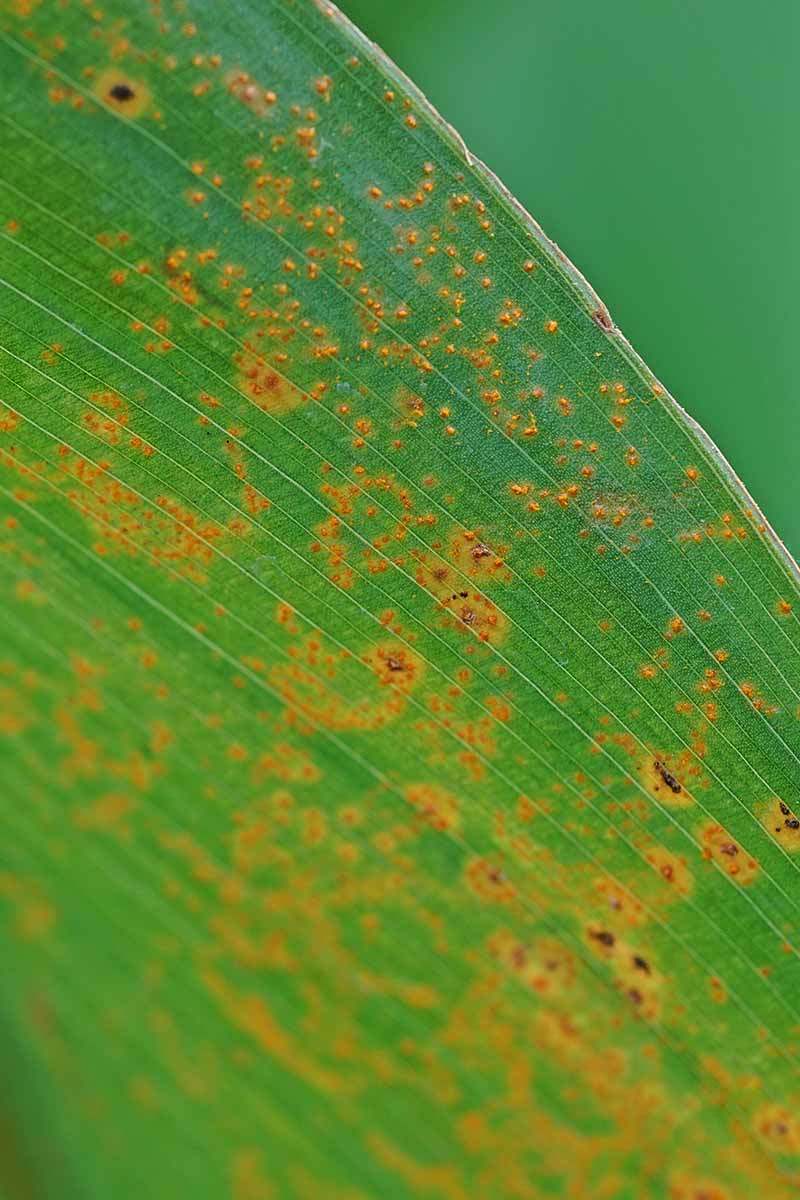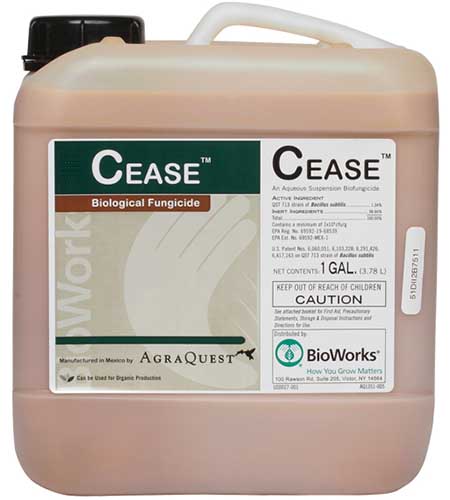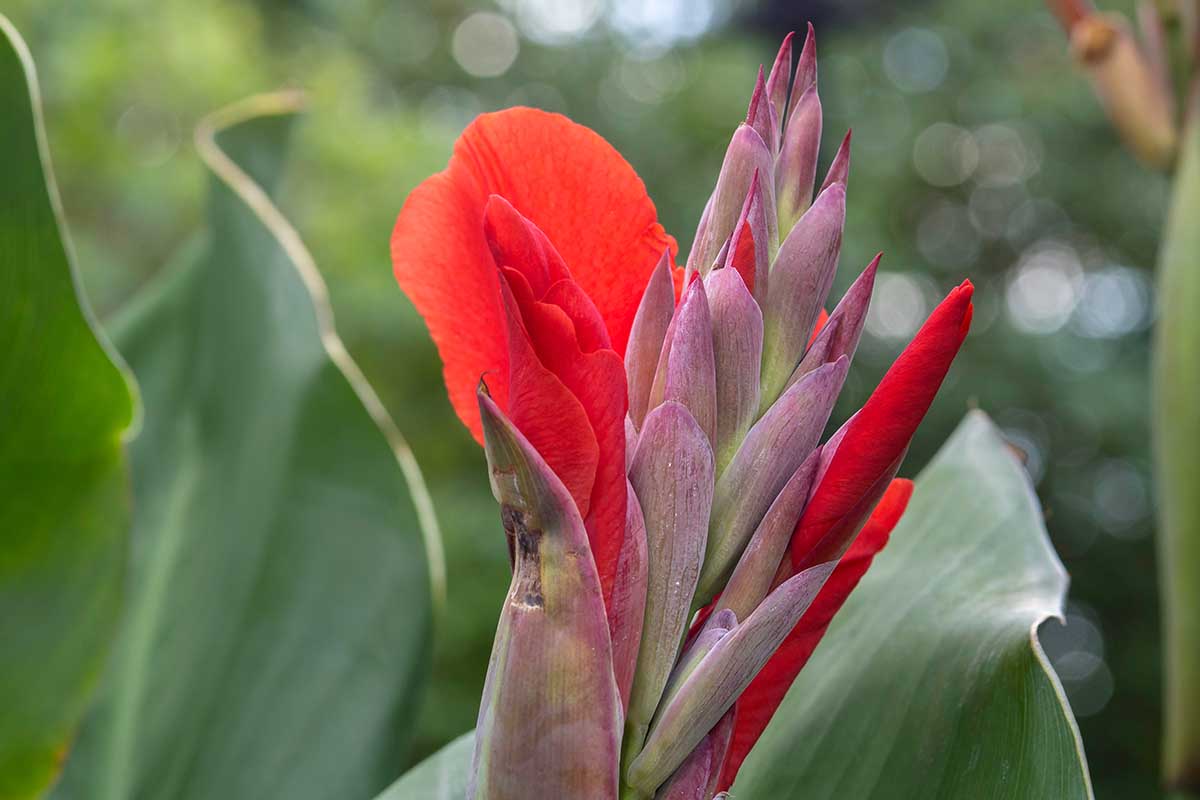Canna lilies are water-loving plants that thrive in full sun and high humidity. Unfortunately, this growing environment brings specific issues – mainly fungi, bacteria, and pest-borne viruses. We link to vendors to help you find relevant products. If you buy from one of our links, we may earn a commission. They are easy to grow and have minimal disease issues – a gardener’s dream! If you have the space and live in USDA Hardiness Zones 7 to 10, I couldn’t recommend these plants more. You can find cultivation instructions in our guide to growing canna lilies. Today, we’ll be diving into the most common diseases you may experience while growing your plants. Here’s what’s ahead:
1. Bacterial Leaf Spot and Bud Rot
Bacterial leaf spot and bud rot is caused by the bacteria Xanthomonas cannae. This bacterial infection should be taken seriously if your plant begins showing symptoms, but it won’t prove fatal if you are able to control the spread. This bacteria thrives in consistently moist and warm environments, and it’s spread by rain or water. So it makes sense that canna lilies might be a viable host plant. In its initial stages of infection, the bacteria targets the leaves. They will begin to turn yellow, starting from the veins, and eventually forming lesions. As the disease progresses, the leaves will ultimately succumb to necrosis. The bacteria will then pass to the blooms, causing bud rot. You can minimize the destruction caused by this disease by removing the affected foliage and throwing it into the trash or firepit.
2. Botrytis Blight
Botrytis blight, also known as gray mold, is caused by the fungus Botrytis cinerea. This fungus strikes in the spring and early summer when the humidity is high, and the temperature is between 60 and 75°F. While chemical control is unnecessary when dealing with bacterial leaf spot, you can better control the spread by using a liquid copper-based fungicide spray. Copper Fungicide You can find Copper Fungicide from Bonide, available from Arbico Organics in a 32-ounce bottle. Copper-based fungicides should be sprayed on the tops and bottoms of the leaves, reapplying every seven to ten days until vigor improves. You’ll know your plants have botrytis blight if you notice brown spots on the leaves and flower buds. As the fungus spreads and the infection progresses, a gray fuzzy mold will appear. Luckily, there’s no reason to panic – B. cinerea is easy to prevent and manage if your plants experience an infection. We’ll be taking a two-step approach to combat this fungus. The two main ways to prevent botrytis blight are to first boost air circulation and prune away dead foliage, and then to apply a fungicide. You’ll need to remove any dead or dying leaves throughout the growing season to limit the risk of infection.
3. Rhizome Rot
Rhizome rot is caused by the soilborne fungus Sclerotium rolfsii and Fusarium species. When the soil is consistently moist, and if there is significant crowding, rhizome rot will strike when temperatures are high – between 77 and 95°F. After you’ve cleaned up the planting area, follow up with an application of your choice of a broad-spectrum copper-based fungicide. You might also consider a beneficial bacteria-based fungicide like Bonide’s Revitalize Biofungicide from Arbico Organics. Bonide Revitalize Biofungicide This fungicide uses Bacillus amyloliquefaciens, and works by triggering an immune response in your canna lilies. Your plant’s immune system works to fight off the blight on its own, with a little bit of help from the bacteria. Whether using a copper-based fungicide or a biofungicide, follow the directions on the product packaging for specific application rates. This fungus spreads to the rhizomes of your canna lilies and causes them to rot under the soil. A white cottony fungus will begin growing on the rhizomes in advanced cases. To help prevent infection, make sure to properly thin and divide your canna lilies to improve air circulation around the plants. When it comes to treatment, there are no good options currently available, and there is no way to chemically or biologically control rhizome rot in your plants once exposed. Remove the entire plant from the planting area, rhizomes and all, and dispose of it in your garbage bin or firepit.
4. Rust
Canna rust, caused by the fungus Puccinia thaliae, is a fungal disease common in canna lilies. If you have a particularly wet and humid spring, your plants will be at risk of catching rust. The pathogen that causes this disease favors soil that is constantly waterlogged, with long periods of rain and heavy humidity. Poor air circulation helps it to thrive. The disease produces numerous small, yellow, irregularly shaped powdery pustules on leaves and flowers. In the early stages of infection, the undersides of leaves or stems will be covered in these pustules. In the advanced stages, the fungus will cover most of the top parts of the leaves, eventually crisping them up and causing leaf drop. If your plants are experiencing rust, know that all nearby canna lilies are susceptible to its spread, particularly if the damp weather persists through the spring season. When you first notice rust on your plant, remove the affected foliage immediately and dispose of it in your trash or firepit. If the rust has already progressed to an advanced stage, dig up and remove the entire plant from your garden and any others within touching distance. For those with infections that have not yet become severe, the remaining fungus will be difficult to eradicate, but there are options to protect your plants. The starvation of the fungi by the bacteria puts this fungicide at a much lower risk of creating fungal resistance than the consistent application of the copper-based fungicide. But it should still be used in a treatment rotation, just to be 100 percent sure. For your first round of treatment, use a high-quality, copper-based fungicide like Bonide Liquid Copper. Completely drench your plants, covering both the tops and bottoms of the leaves. This treatment will last seven to ten days without rainfall. Next, grab a biological fungicide formulated to fight fungi like rust. Arbico Organics offers one called Cease, which uses the bacteria Bacillus subtilis. CEASE Biological Fungicide This fungicide works by crowding out rust spores living on the foliage, thereby disrupting germination and spread. Apply every three days for nine days total before switching back to your copper fungicide. Like the copper-based fungicide, Cease is susceptible to rain and will be washed away. Make sure to read the product packaging for specific application recommendations. Rust might be the main issue you face when growing canna lilies. If you’re currently experiencing rust, I encourage you to check out our guide to identifying, managing and preventing this disease.
5. Viruses
Canna lilies are susceptible to a few types of viruses. A viral infection is a serious issue and it needs to be identified and managed as soon as possible. All viruses will manifest symptoms in a few different ways. Mainly, you’ll want to look for stunted growth, streaking or twisting of the foliage, and distorted coloration on the flowers. These symptoms will become more aggressive as the disease progresses and will possibly spread to any susceptible plants nearby. There is no known way to chemically or biologically cure viruses in your canna lilies. If you find your plant has been infected with a virus, you should remove it immediately from your landscape, as well as any other plants within touching distance. Put those plants in the trash or burn them to reduce or eliminate the spread. The main viruses that affect canna lilies are:
Bean Yellow Mosaic Virus (BYMV)
BYMV, in the Potyviridae family, is transmitted by aphids when they suck the sap from the foliage of your plants. If you have an infected plant, aphids can transfer the virus to other cannas in your garden. In addition, the virus can also be transmitted via infected seed. This virus causes symptoms that include leaf deformities, mosaic, and leaf mottling or marbling. It’s not specific to canna lilies and can infect many plants such as freesia, gladiolus, and beans. Aphids are an easy pest to prevent and manage, so check out our guide for tips on controlling these pests.
Canna Yellow Mottle Virus (CYMV)
CYMV is a virus that affects only canna lilies. It is not known how this virus spreads, but the spread may be caused by poor sanitation when dividing plants in commercial settings. In commercial settings, canna lilies are divided by separating the rhizomes with a sharp knife. Unfortunately, this propagation method opens up the plants to viral infection. Screening for viruses like CYMV is difficult in these settings, sometimes resulting in home gardeners accidentally introducing this virus into their landscape when they bring new plants home. Always use sanitized gardening tools before cutting into your plants, especially when separating the rhizomes. Using sanitized tools will reduce the risk of viral spread.
Canna Yellow Streak Virus (CaYSV)
CaYSV is a newly discovered virus specific to canna lilies, first identified in 2007 in England by virologists at the Central Science Laboratory in York, UK. It’s part of the genus Potyvirus and is closely related to the mosaic viruses. The primary symptom of CaYSV is mosaic or color streaking of the leaves. In advanced stages, leaves will become necrotic and crisp up, falling to the ground. Remove these leaves from the area as soon as possible to reduce the chances of further spread. CaYSV, like BYMV, is spread from canna to canna through aphids when they feed on the sap of your plant.
Cucumber Mosaic Virus (CMV)
CMV is a virus in the Bromoviridae family and the genus Cucumovirus. CMV has an incredibly wide host range that includes vegetable plants and ornamentals. Unfortunately, this also includes your canna lilies. This virus is, once again, mainly transmitted by aphids when they feed – notice a pattern? This virus is also known to spread through propagation when the rhizomes are separated. CMV symptoms develop in new growth only. Like the other viruses on this list, your plant will experience yellow mottling, mosaic, stunted growth, narrow leaves, and flower deformities.
Tomato Aspermy Virus (TAV)
Like CMV, TAV is a virus in the Bromoviridae family and the genus Cucumovirus. It is not specific to cannas. TAV is also spread by aphids, and will cause yellow mottling on the flowers, mosaic, streaking of the leaves, stunted growth, and coloration “breaks” – or white streaks – in the blooming flowers. Keeping the area around your plants sanitary, plus giving them space to breathe, will prevent most fungal and bacterial infections from striking. But if you do notice symptoms of one of these issues, using a high-quality liquid copper fungicide will control most outbreaks. When it comes to viruses, removing infected plants from the garden is the most critical step you can take. In addition, be sure to always sanitize your garden tools before cutting the rhizomes of your cannas and between plants to reduce the risk of disease spread. Are you currently growing cannas and have experience with any of these diseases? I’d love to hear from you in the comments below! And for more information about growing canna lilies in your garden, check out these guides next:
How and When to Fertilize Canna LiliesHow to Identify and Control Common Canna Lily Pests
